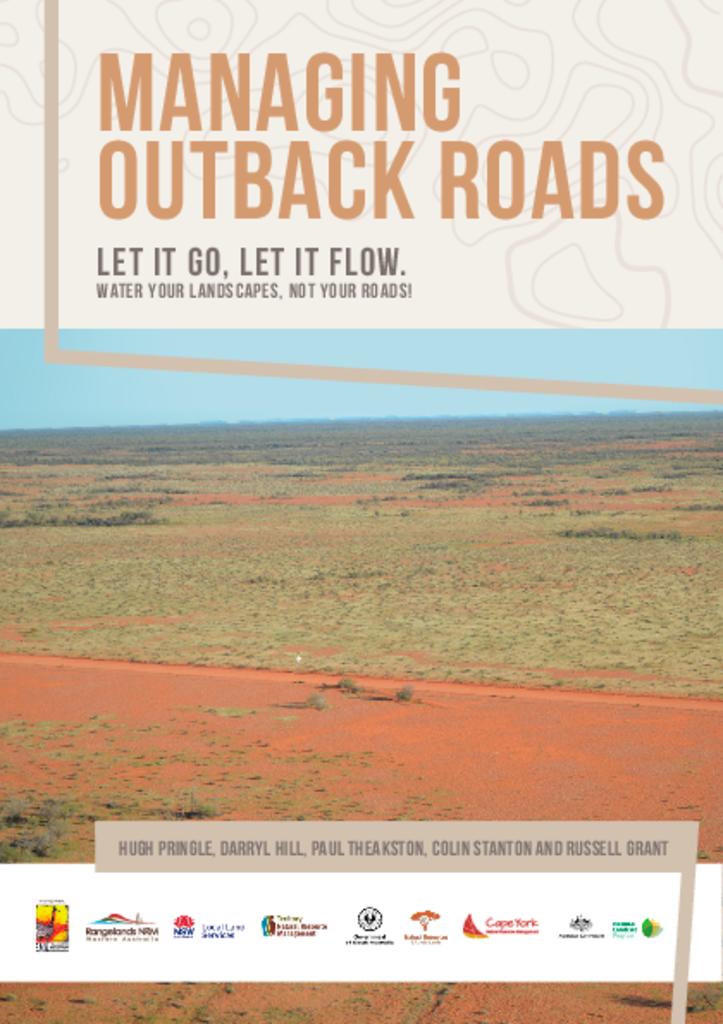Outback roads are a necessary disturbance of the managed landscape, indeed a requirement for managing productivity and profitability. What is not necessary is the wide range of problems associated with outback roads and the widespread adverse effects they have on the productivity of the land through soil erosion and disruption of natural water flow patterns. These problems are “normal”, but completely avoidable. They are also realistically fixable, but of course, prevention is better than a costly cure. This is what we address in this manual based on decades of experience with land managers across the Australian Outback.
One of the most influential factors for landholders is how “experts” construct public outback roads. Many landholders view these as best practices and copy them. Too few see the damage done over tens of thousands of kilometres of public roads that “fight” rather than “fit” local landscapes. The potential exists to turn the public road network into best practice demonstrations for formed roads. It can be demonstrated that maintaining trafficability and landscape functioning are readily reconciled and don’t require a choice between one or the other.
We address the benefits of good outback roads, including economic benefits (it pays!), the problems, how to plan future roads, how to fix problem roads and how to close down roads that simply cannot be repaired practically.
Despite totally consistent objectives, there are different approaches used by experienced experts and these are accommodated by describing their strengths and weaknesses, rather than choosing a single “best” technique. The differences in approaches are mostly in the detail; principally as to whether the accurate surveying of banks is necessary and whether or not to include a spreader sill. As a rule of thumb; if in any doubt, get the survey gear out and include a spreader sill. This principle applies particularly in strongly sloping or fragile landscapes and when soil must be excavated to build any water spreading sill. It is recommended that landholders serious about addressing road and other erosion/dehydration issues acquire survey equipment. We also recommend accessing experienced practitioners for landholders starting out at road management.
By “outback roads” we mean all gravel and dirt roads, be they privately or publicly managed. The focus here is on private roads, regardless of whether they are on stations, Aboriginal lands, Government reserves or any other tenure.


